Paldor Peak, standing majestically at 5,896 meters, presents a compelling challenge for climbers in the spectacular Langtang and Ganesh Himal ranges of Nepal. This journey not only offers breathtaking vistas but also incorporates essential acclimatization days and a supportive framework that ensures safety and comfort. Climbers can look forward to a well-organized itinerary, complete with guides and provisions. However, the real question lies in what it takes to prepare for such an ascent, especially considering the unique challenges posed by altitude and weather.
Key Points
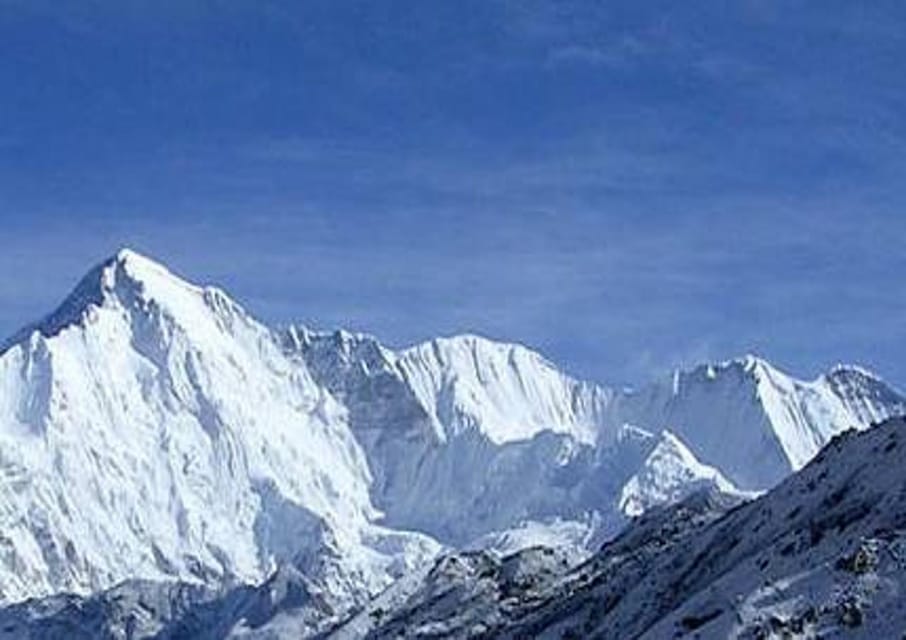
- Paldor Peak is a 5,896-meter climbing destination in the Langtang and Ganesh Himal ranges of Nepal, ideal for adventurous climbers.
- The 10-day itinerary includes scenic treks, acclimatization days, and the summit attempt, ensuring a comprehensive climbing experience.
- Essential permits, including the Paldor Peak Climbing Permit and TIMS Card, are included in the package for a hassle-free experience.
- Climbers should prepare with essential gear, including sturdy mountaineering boots, ice axes, and durable tents for safety and comfort.
- Proper acclimatization, hydration, and pacing are crucial to prevent altitude sickness during the climb.
It's also worth checking out some other tours and experiences nearby.
Overview of Paldor Peak
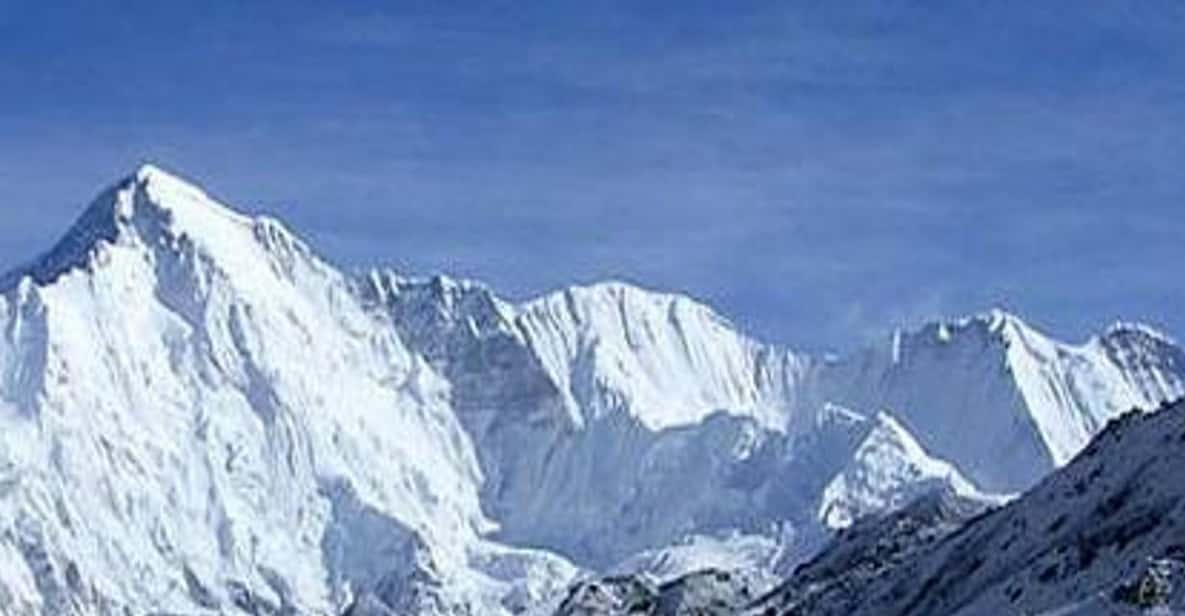
Paldor Peak, standing tall at 5,896 meters (19,344 feet), is a stunning and challenging destination nestled in the Langtang and Ganesh Himal ranges of Nepal.
This majestic peak attracts climbers and trekkers alike, drawn by its breathtaking views and exhilarating climbing routes. Paldor’s unique position offers a panoramic vista of surrounding mountains, making it a favorite for photography enthusiasts.
Recognized by the Nepal Mountaineering Association as a Group B climbing peak, it presents a perfect blend of adventure and natural beauty.
With its rich cultural backdrop and diverse landscapes, Paldor Peak remains an unforgettable experience for those seeking to conquer its heights while seeing the heart of the Himalayas.
Detailed Itinerary
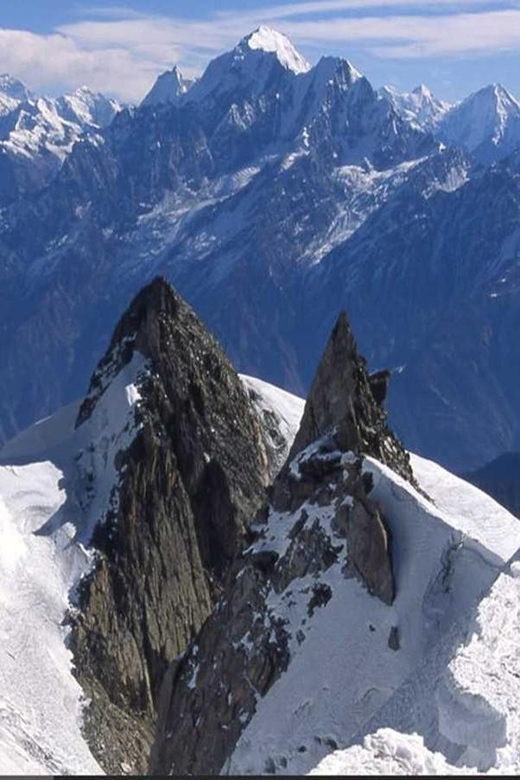
Over the course of 10 days, climbers will embark on an exhilarating journey that includes scenic treks, acclimatization days, and the ultimate challenge of summiting Paldor Peak. The detailed itinerary unfolds as follows:
-
Day 1: Drive to Sertung from Kathmandu, starting the adventure.
-
Day 4: Trek to Lari, where breathtaking views begin to reveal themselves.
-
Day 6: Acclimatization day at Base Camp, allowing climbers to adjust.
-
Day 7: Summit Paldor Peak, reaching an impressive altitude of 5,896 meters before returning to Base Camp.
This carefully planned itinerary ensures climbers experience both the thrill of adventure and the beauty of the Himalayas, preparing them for the challenges ahead.
Pricing and Booking
For those eager to embark on the Paldor Peak climbing adventure, understanding the pricing and booking details is vital for a smooth experience.
The cost starts at €2,397.98 per person, making it accessible for many climbers.
One of the highlights is the flexible booking options, including a reserve now and pay later feature. This allows adventurers to secure their spot without immediate financial commitment.
Plus, climbers can enjoy peace of mind with a free cancellation policy, offering a full refund if they cancel up to 24 hours in advance.
This combination of competitive pricing and flexible booking options ensures climbers can plan their Paldor Peak journey with confidence and ease.
Included Services
A comprehensive range of services ensures climbers are well-supported throughout their Paldor Peak adventure, from transportation and meals to expert guides and necessary permits.
These included services cover essential aspects of the journey, such as:
-
Transportation: Public bus from Kathmandu to Dhading, jeep transport to Dondurekhola.
-
Meals: All-inclusive dining with breakfast, lunch, and dinner at teahouses and tent camps.
-
Guiding Services: An English-speaking guide, climbing Sherpa, cook, and porters assist climbers throughout the trek.
-
Permits: Necessary documentation, including the Paldor Peak Climbing Permit, TIMS Card, and Langtang National Park Permits.
With these services, climbers can focus on the adventure ahead, confident that their needs are well taken care of.
Essential Gear and Equipment
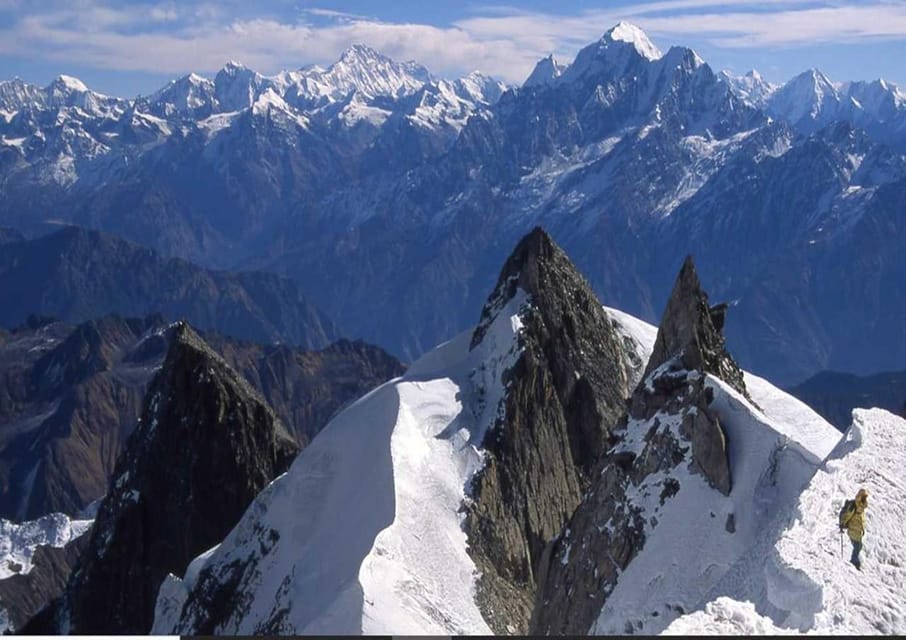
Having the right gear and equipment is vital for a successful ascent of Paldor Peak, ensuring climbers are prepared for the challenges that lie ahead.
Essential items include sturdy mountaineering boots, a high-quality sleeping bag suitable for low temperatures, and a durable tent. Climbers should also pack an ice axe, rope, and ice screws for added safety on the icy slopes.
Layered clothing, including moisture-wicking base layers and waterproof outer layers, helps manage body temperature and protect against harsh weather conditions. Plus, proper gloves, goggles, and a helmet are crucial for safety.
Acclimatization and Safety
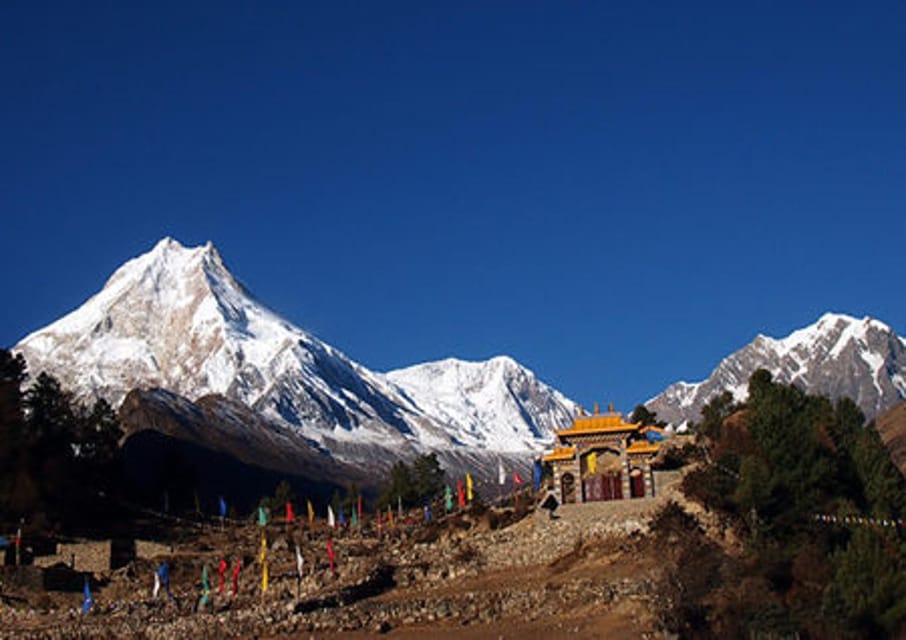
Proper acclimatization is crucial for climbers tackling Paldor Peak, as it helps the body adjust to higher altitudes and reduces the risk of altitude sickness. To ensure safety during the climb, climbers should follow these key practices:
-
Gradual Ascent: Ascend slowly to give the body time to adapt.
-
Hydration: Drink plenty of water to stay hydrated, which aids acclimatization.
-
Rest Days: Incorporate acclimatization days, such as at Base Camp, to allow for recovery.
-
Recognize Symptoms: Be aware of altitude sickness signs, including headaches, nausea, or dizziness, and descend if they occur.
Travel and Accommodation
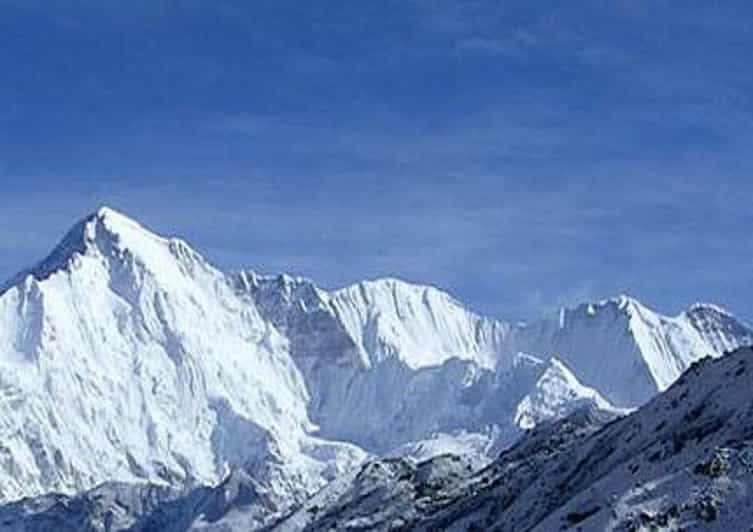
Traveling to Paldor Peak offers climbers a blend of adventure and comfort, with various accommodation options available throughout the journey. From teahouses to tent camps, climbers can enjoy a range of experiences while exploring this stunning region.
| Accommodation Type | Description |
|---|---|
| Teahouses | Simple lodgings with meals, warm atmosphere. |
| Tent Camps | Comfortable camping experience in nature. |
| Base Camp | Central hub for climbers, shared facilities. |
| Kathmandu Hotel | Modern amenities, perfect for pre- and post-trek relaxation. |
These options cater to different preferences, ensuring climbers have a memorable stay as they tackle the challenges of Paldor Peak. Such accommodations enhance the overall experience, allowing for rest and camaraderie after adventurous days.
Tips for Climbers
Climbers should focus on acclimatization to ensure a safe and enjoyable ascent of Paldor Peak. Proper preparation can make a significant difference, so following these tips is essential:
-
Hydrate Well: Drink plenty of water to combat altitude sickness.
-
Dress in Layers: Wear breathable, moisture-wicking clothing to adapt to changing temperatures.
-
Pace Yourself: Take your time during ascents to allow your body to adjust.
-
Listen to Your Body: If you feel unwell, don’t hesitate to descend or rest.
Here's a few more nearby tours and experiences we think you'll like.
Frequently Asked Questions
What Is the Best Time of Year for Paldor Peak Climbing?
The best time for climbing typically falls between spring and autumn. During these seasons, climbers enjoy stable weather and optimal conditions, enhancing their chances of a successful and safe ascent while experiencing breathtaking views.
What Fitness Level Is Required for This Climb?
The climb requires good physical fitness, including stamina and strength. Participants should engage in regular cardiovascular and strength-training exercises. Previous trekking experience helps, but with dedication, most committed climbers can successfully tackle this challenge.
Are There Alternative Routes for Summiting Paldor Peak?
When exploring alternative routes for summiting, climbers often seek diverse paths that offer unique challenges and stunning views. Each route provides different terrains and experiences, enhancing the adventure for those who dare to venture.
How Many Climbers Typically Join a Group?
Typically, groups consist of 6 to 12 climbers, balancing camaraderie and individual attention. This size ensures everyone receives adequate support while enhancing the overall experience, fostering teamwork and shared adventure among participants.
What Should I Do if I Experience Altitude Sickness?
If someone experiences altitude sickness, they should descend to a lower elevation immediately, hydrate, and rest. Seeking medical attention and using supplemental oxygen can also help alleviate symptoms and ensure a safe recovery.
Not for you? Here's more of our most recent tour reviews happening neaby
- 1 Month Yoga and Meditation Retreats in Kathmandu Valley
- 14 Days Gokyo Valley Trek
- Nepal: Kanchenjunga Trek With Selele Pass
- 14 DAYS EVEREST BASE CAMP – NO TIPS POLICY
- Manaslu Circuit Trekking. Best off Beaten Trekking in Nepal.
- Nepal: Langtang Valley Trek With Ganjala Pass 5,122 Meters
- One Day Bungy Jumping – The Maximum Adrenaline Thriller
- 1 Month Buddhist Monastery Retreat in Kathmandu
- Nepal: Rolwaling Trek With Parchamo Peak Climbing
- Kathmandu: Everest Base Camp Helicopter Tour With Breakfast
- 17 DAYS EVEREST BASE CAMP & GOKYO LAKES – NO TIPS POLICY
- Nepal: Gokyo Valley Trek (5,357 Meters)
- Everest Base Camp Trek With Island Peak Climbing
- From Kathmandu: Unspoiled Wilderness Trek(Lower Dolpo Trek)
- Everest Base Camp Trek by Helicopter Return -11 Days
Recap
Climbing Paldor Peak is an unforgettable adventure for those seeking both challenge and beauty in the majestic Himalayas.
With its breathtaking views, comprehensive support, and emphasis on safety and acclimatization, climbers can fully enjoy this incredible journey.
Whether you’re a seasoned mountaineer or a novice adventurer, Paldor Peak offers a unique experience that merges physical achievement with cultural exploration.
Prepare for an exhilarating trek that leaves lasting memories and inspires a deeper appreciation for Nepal’s stunning landscapes.
